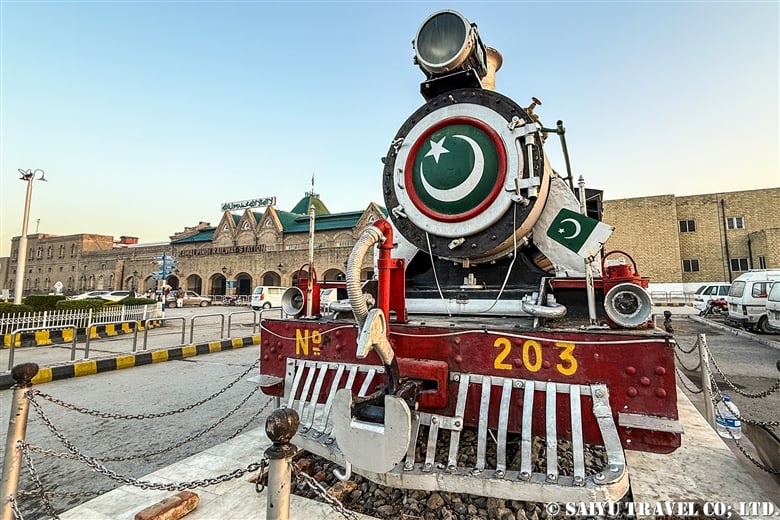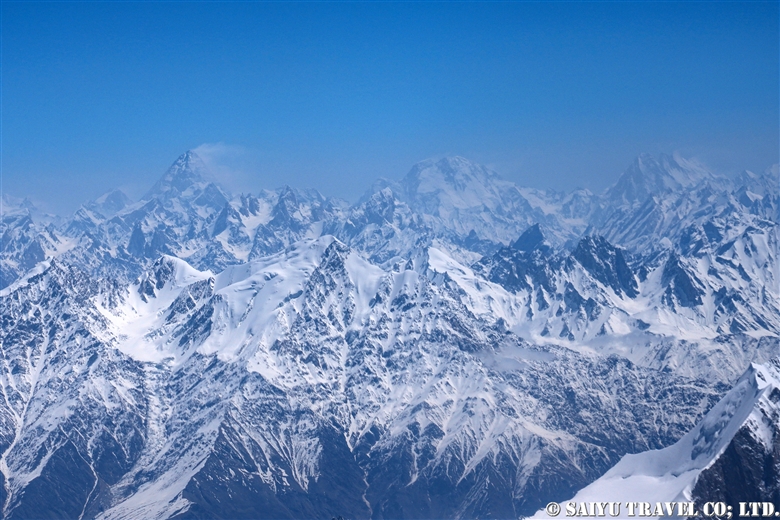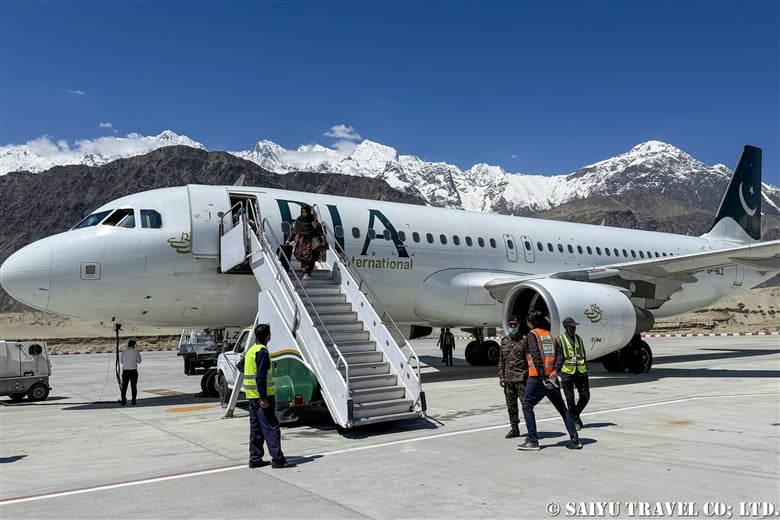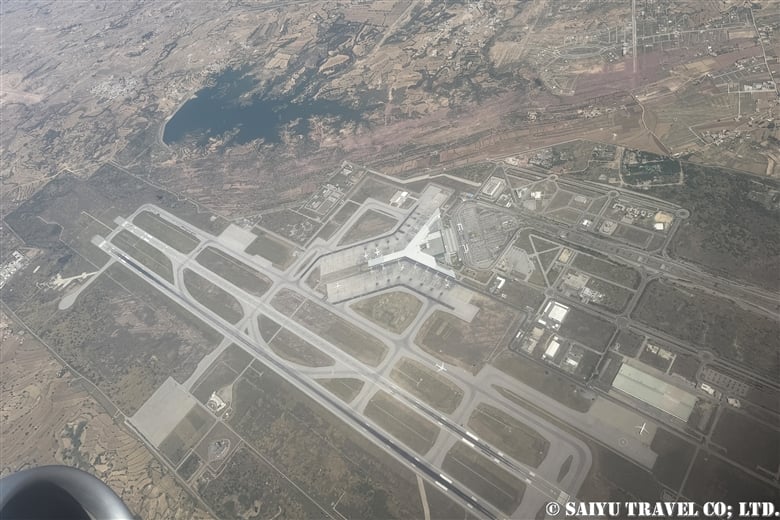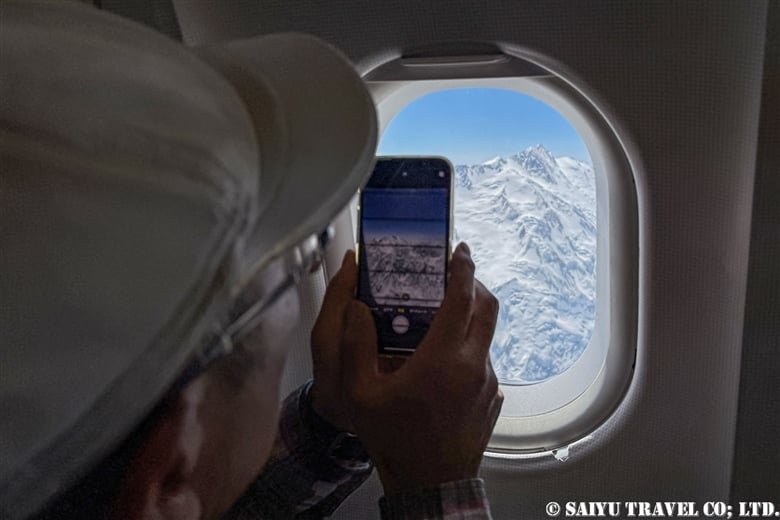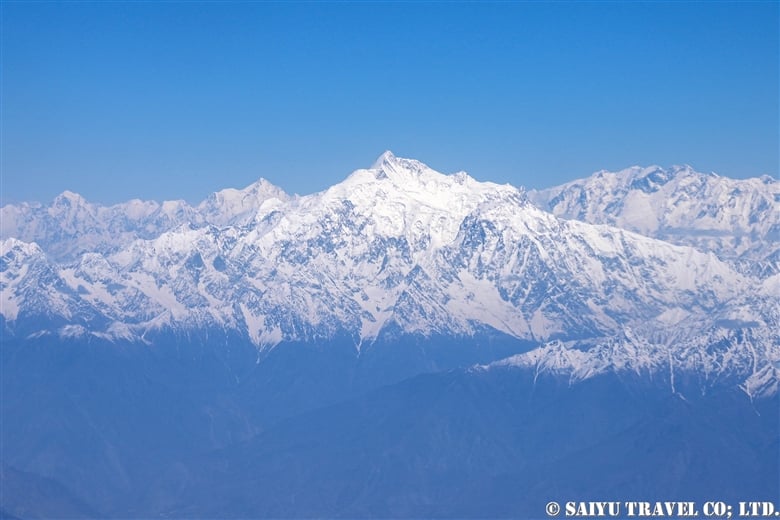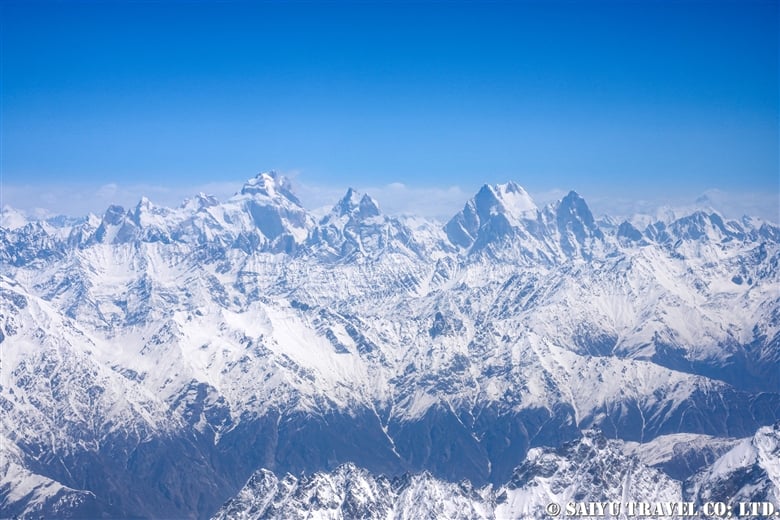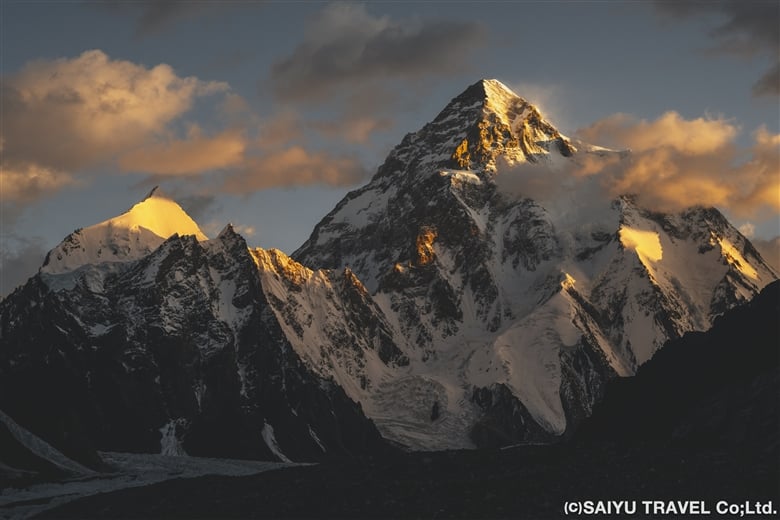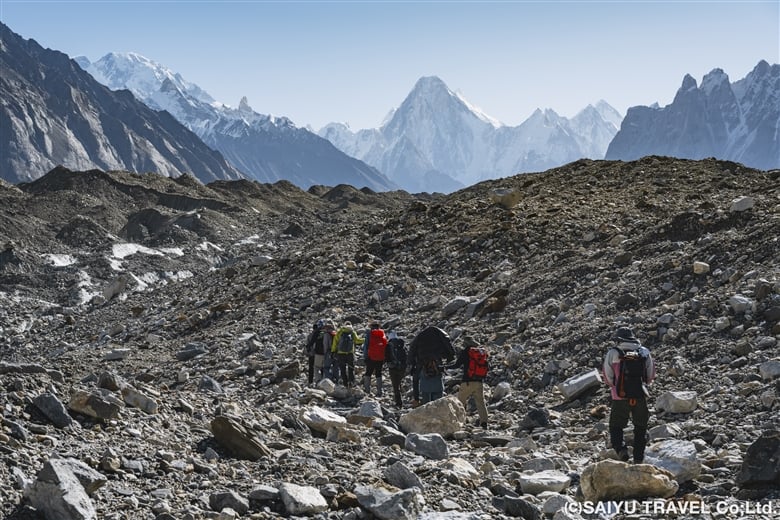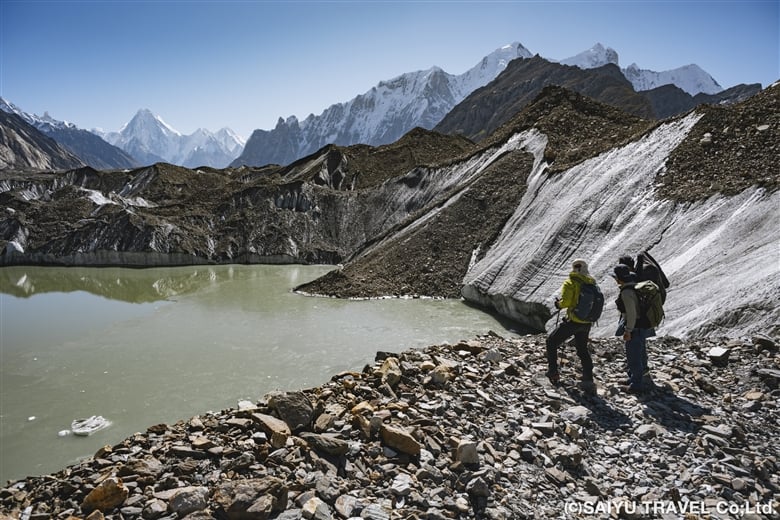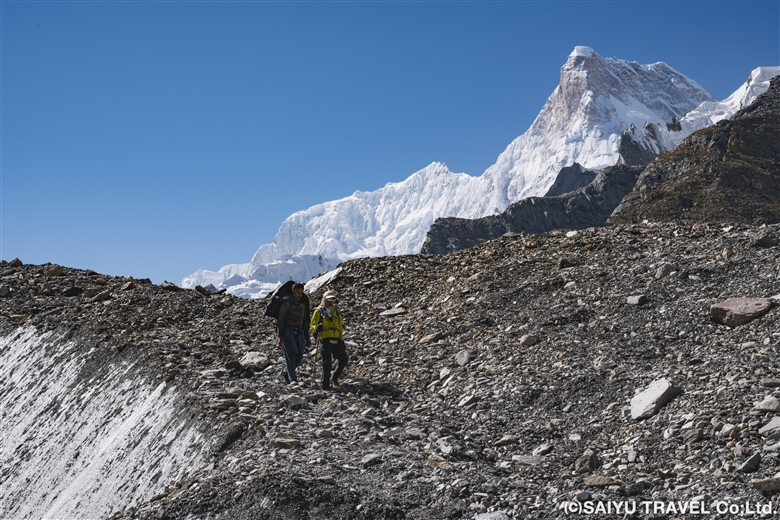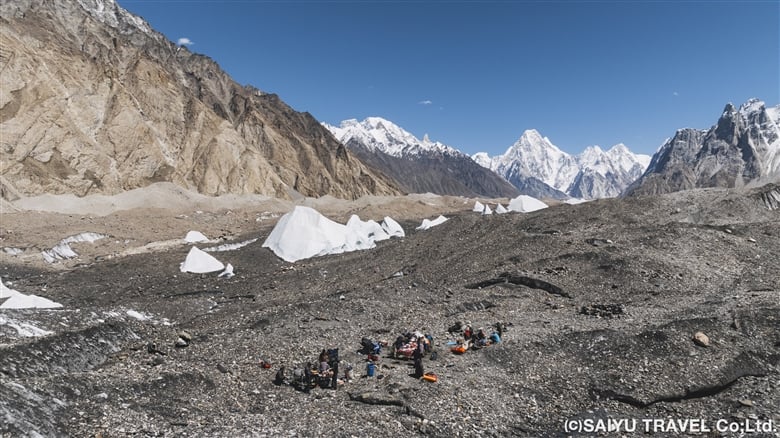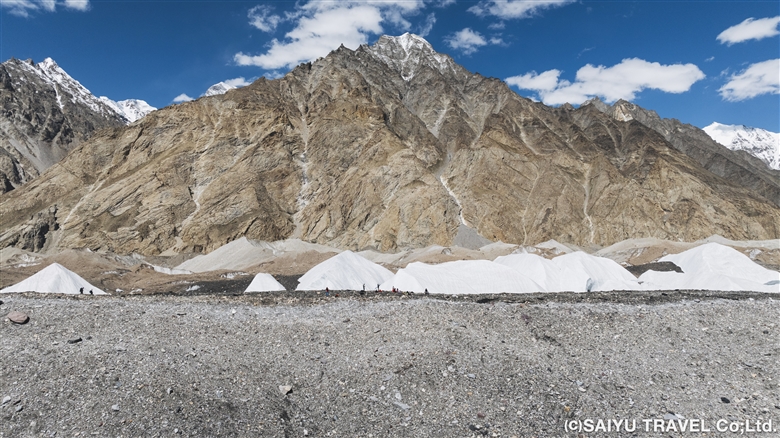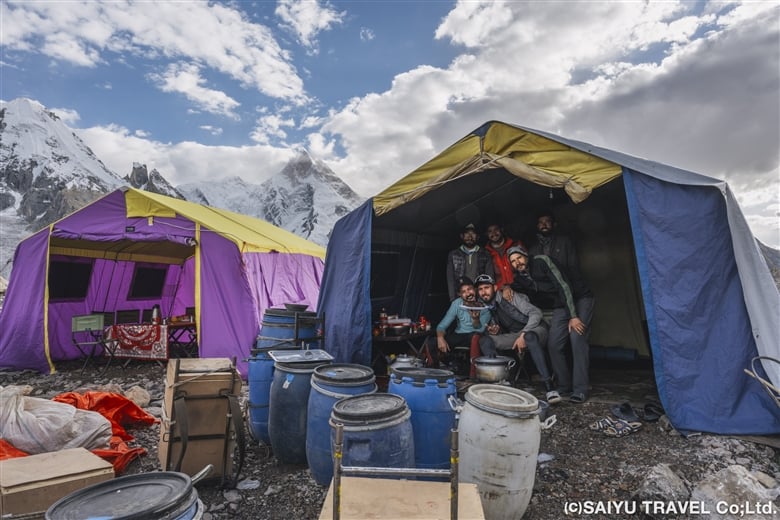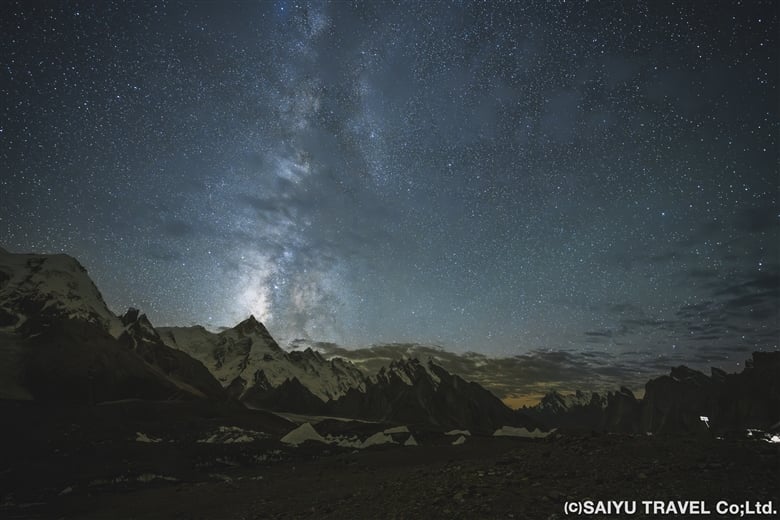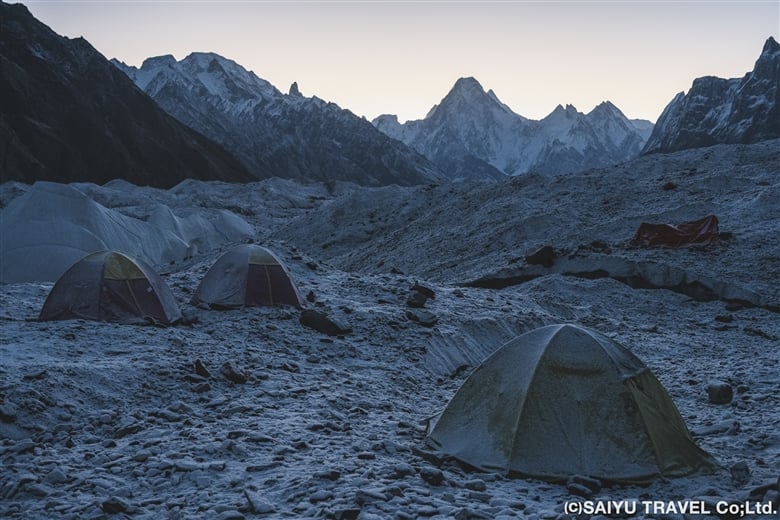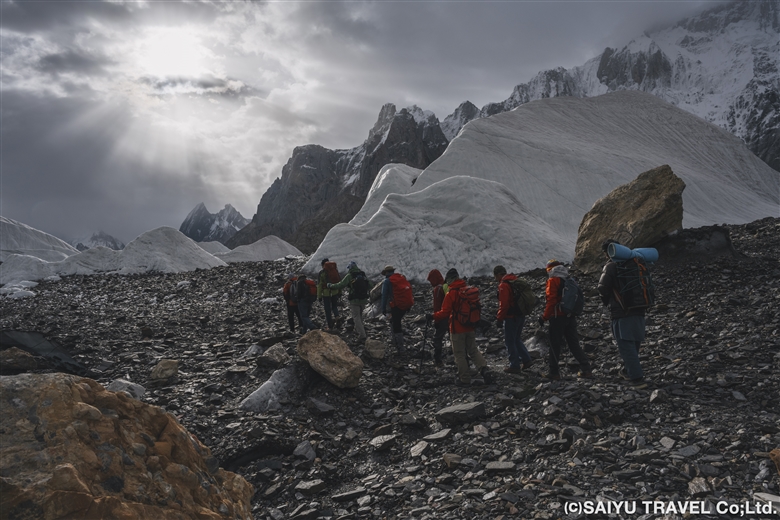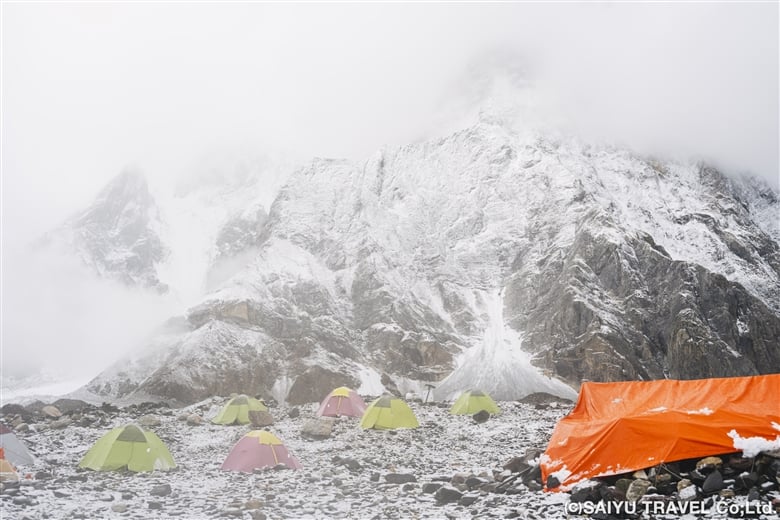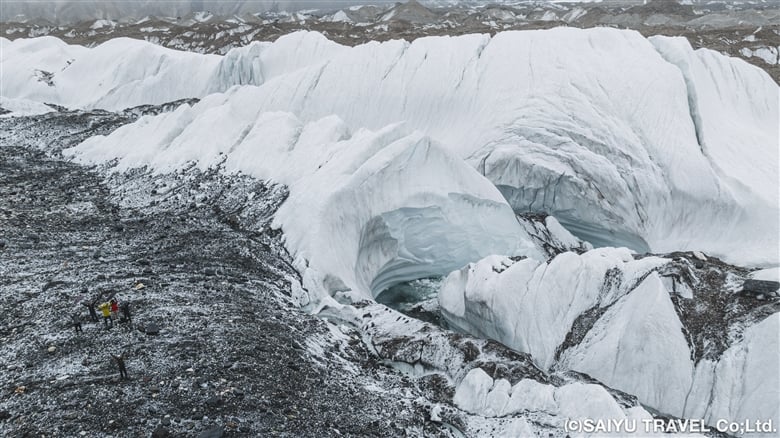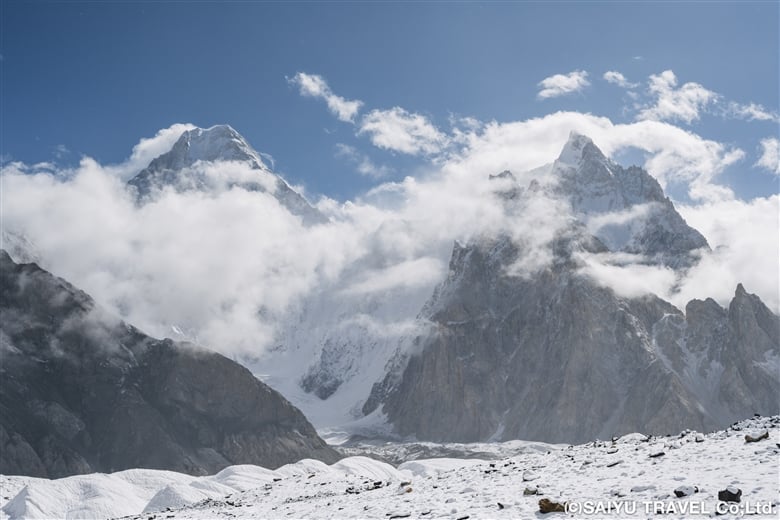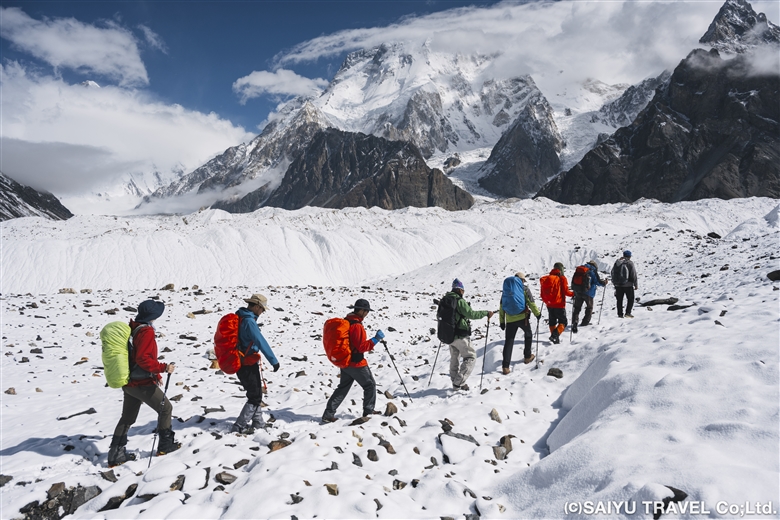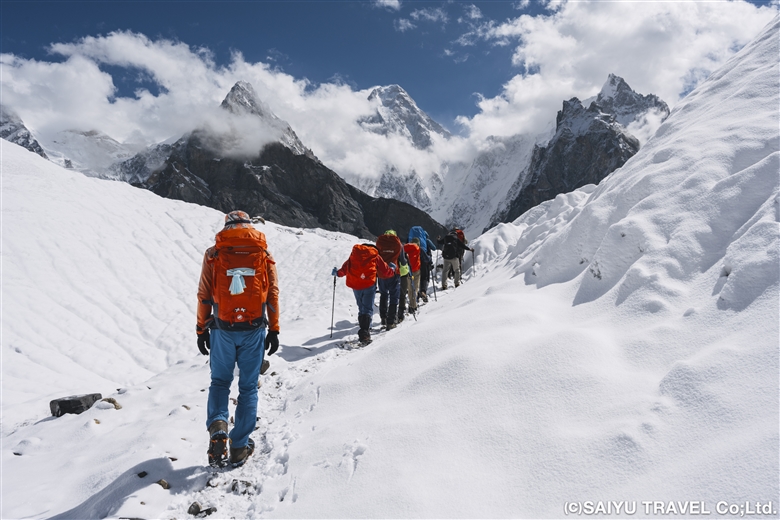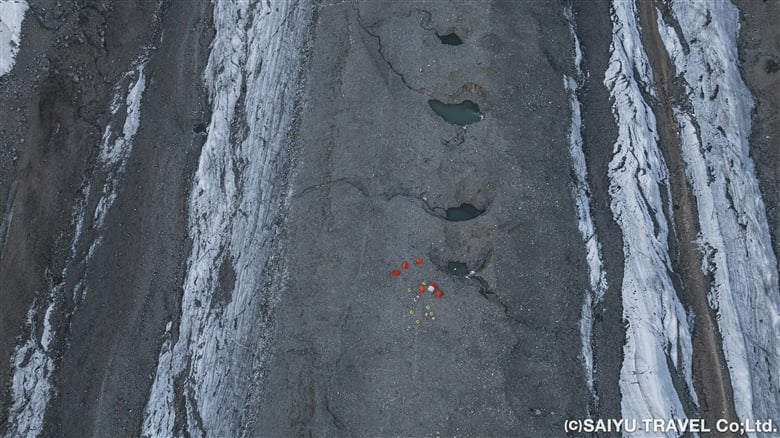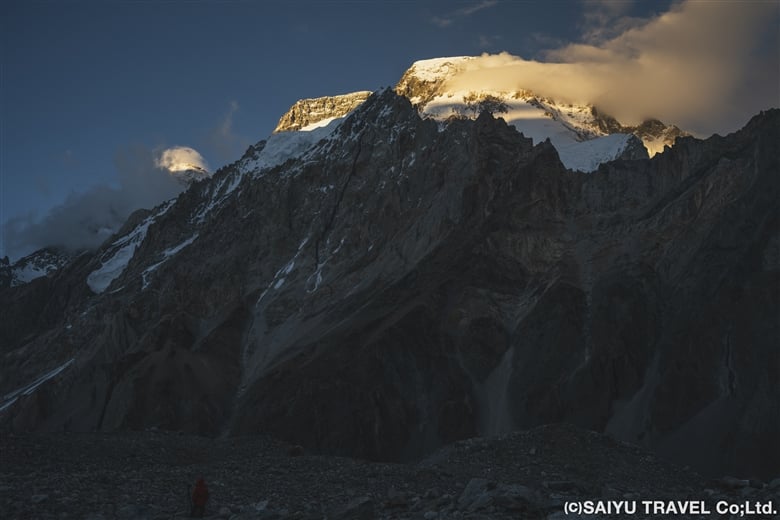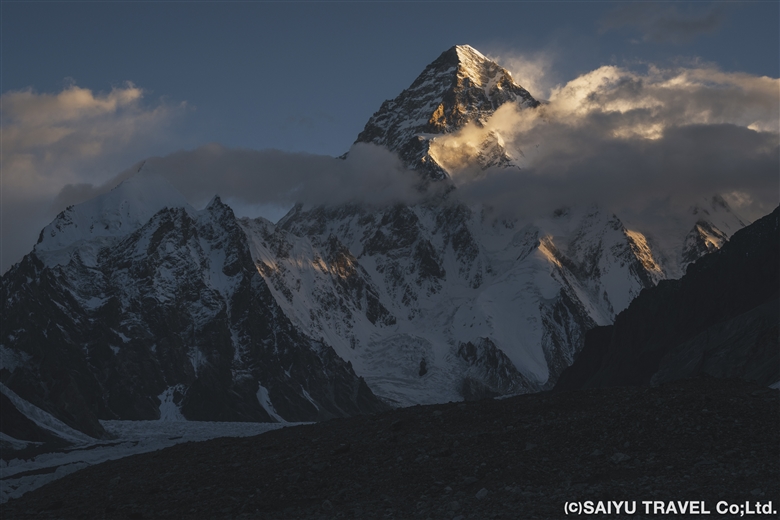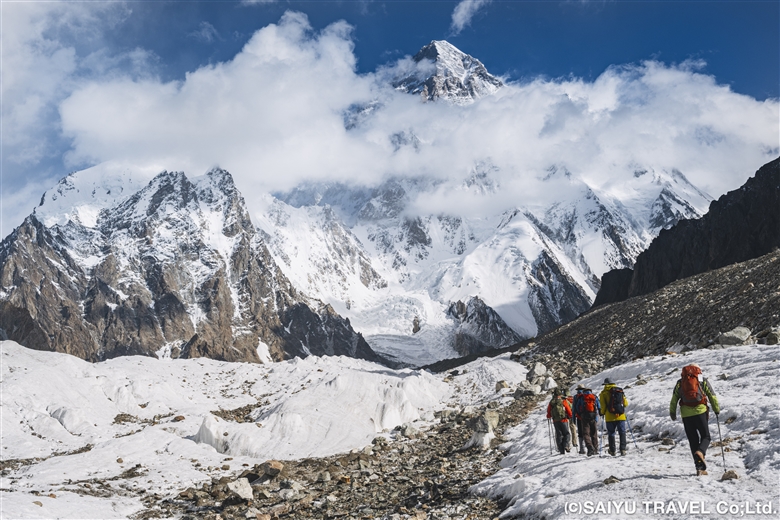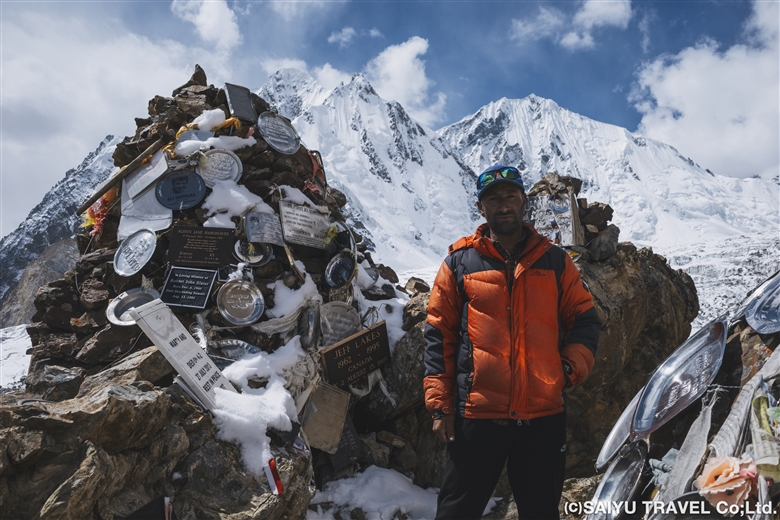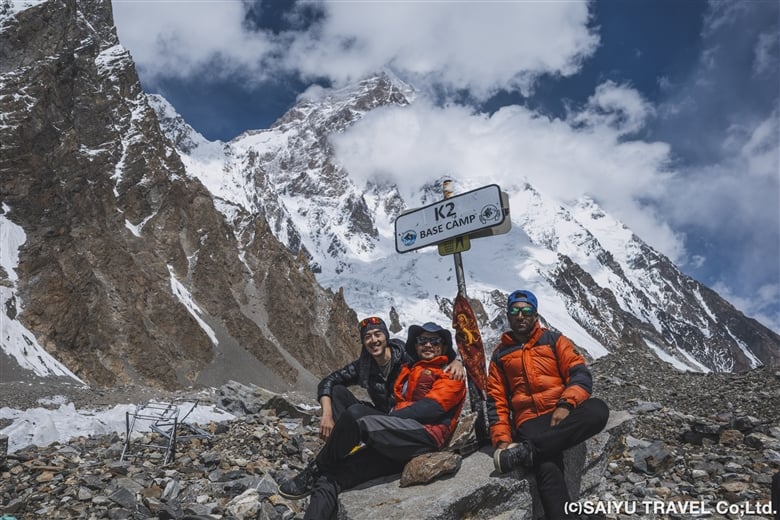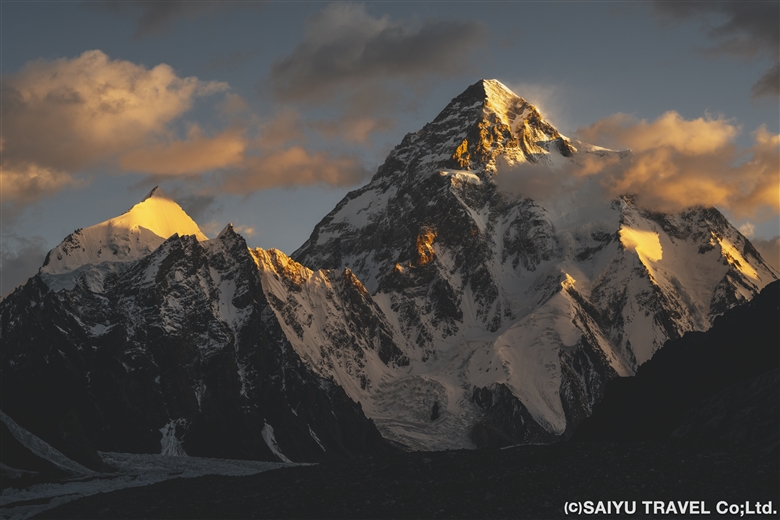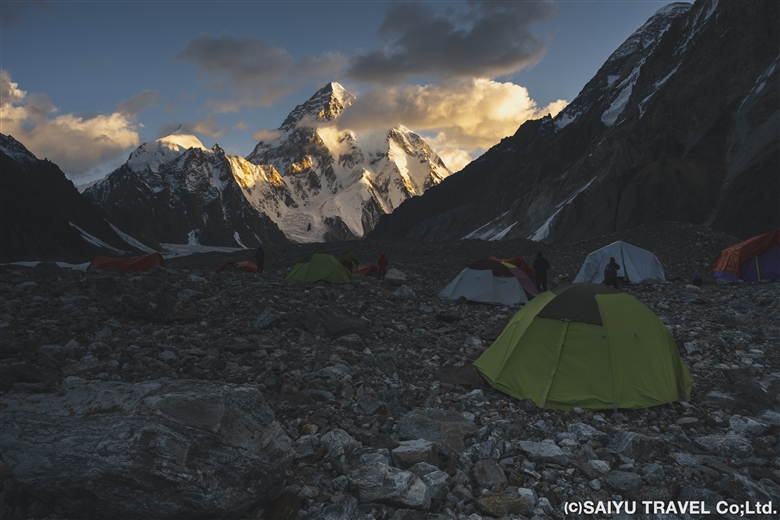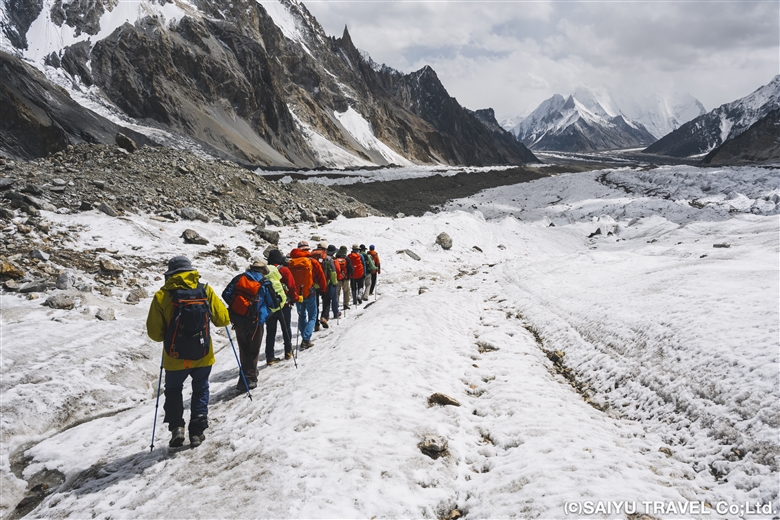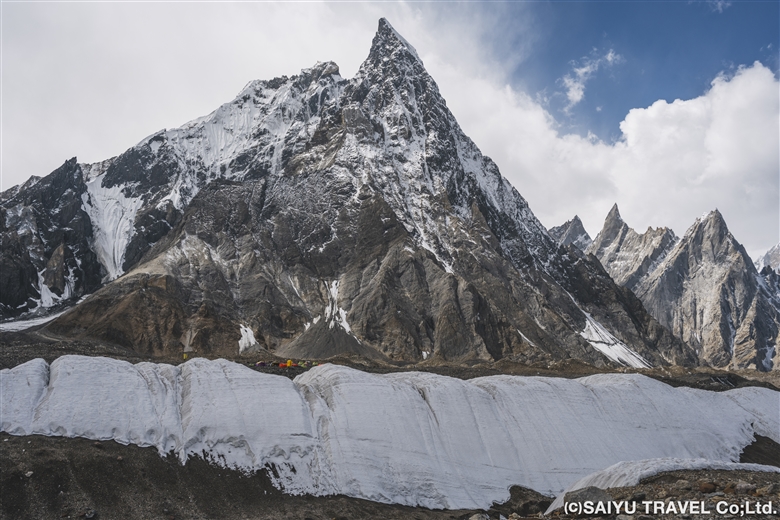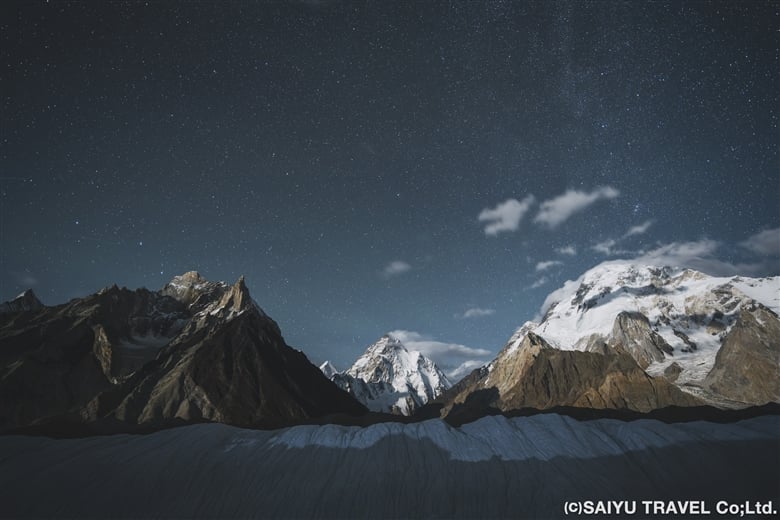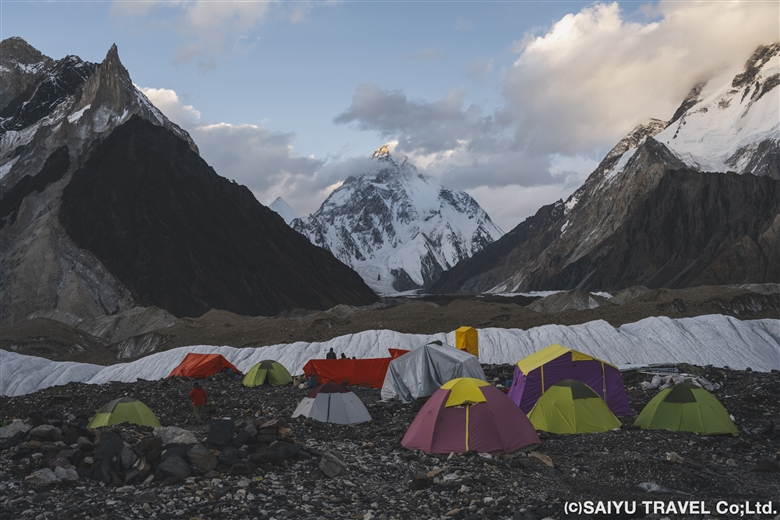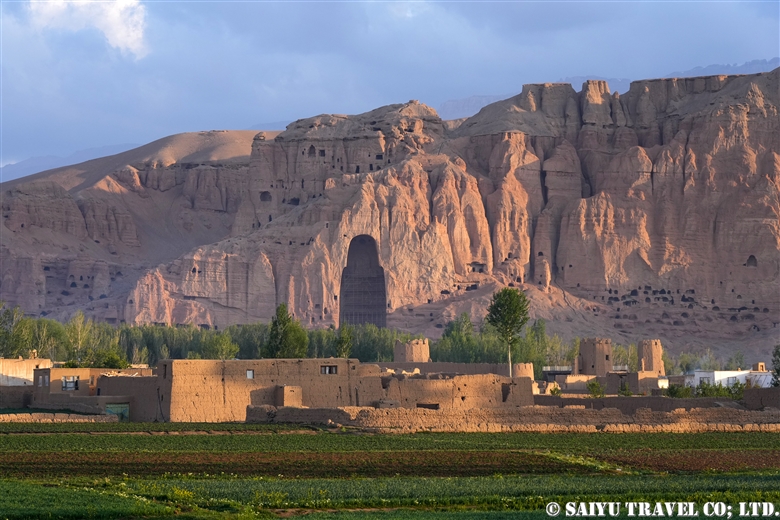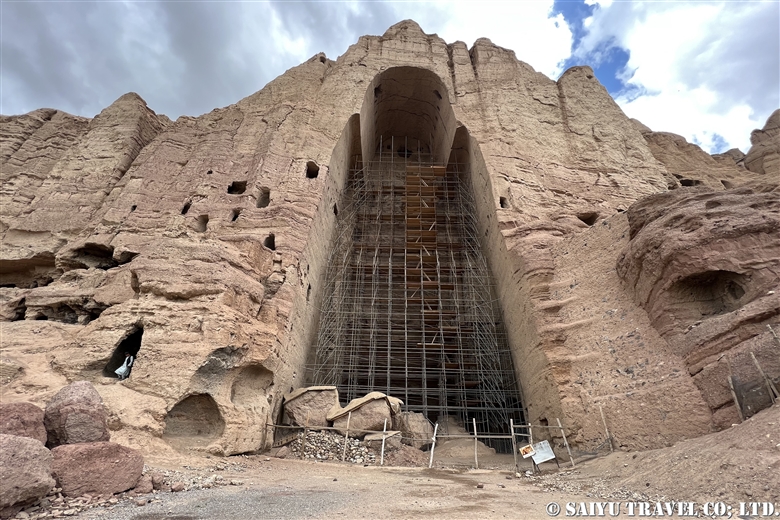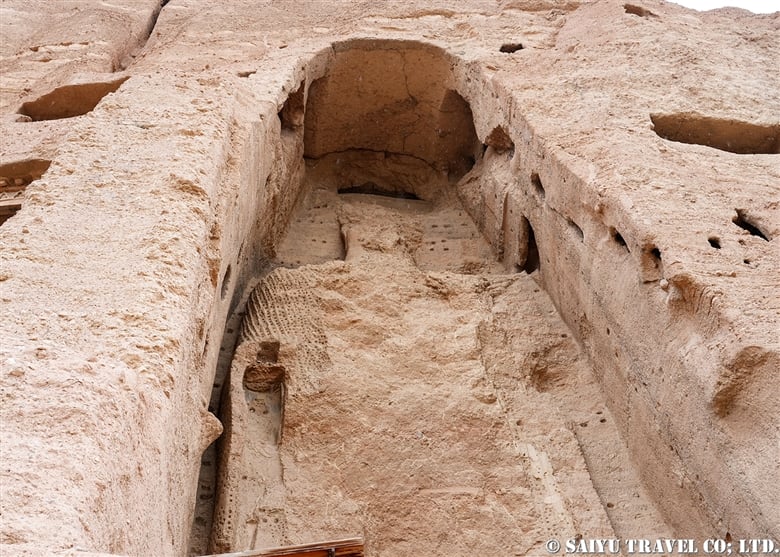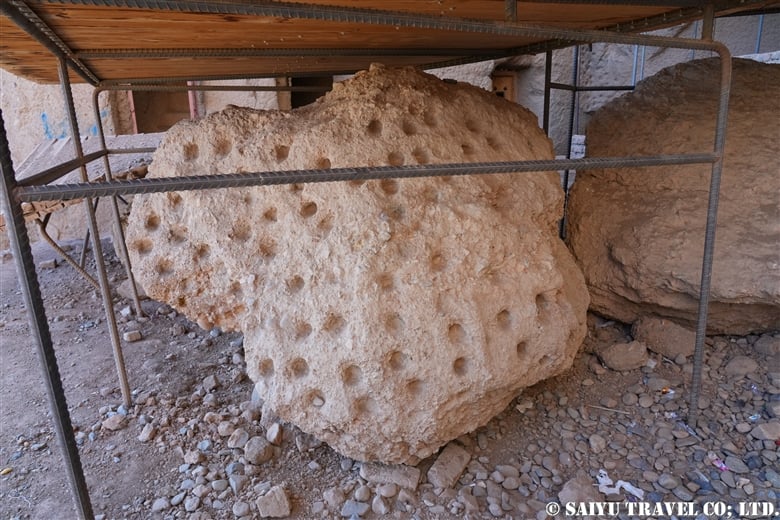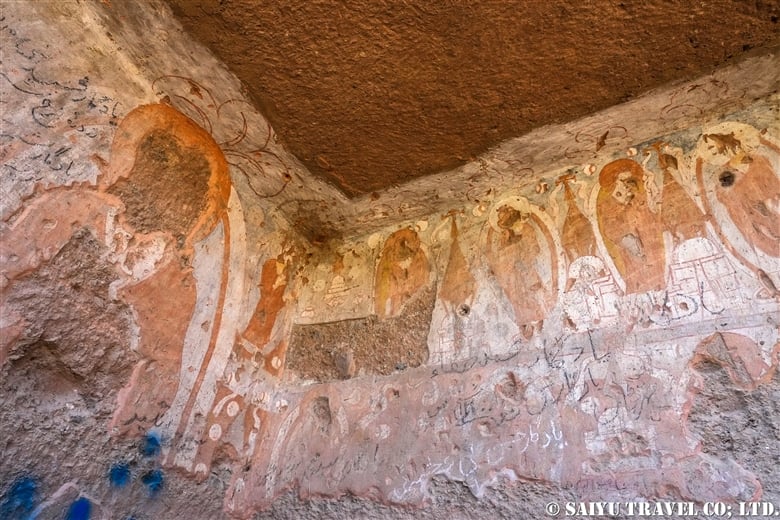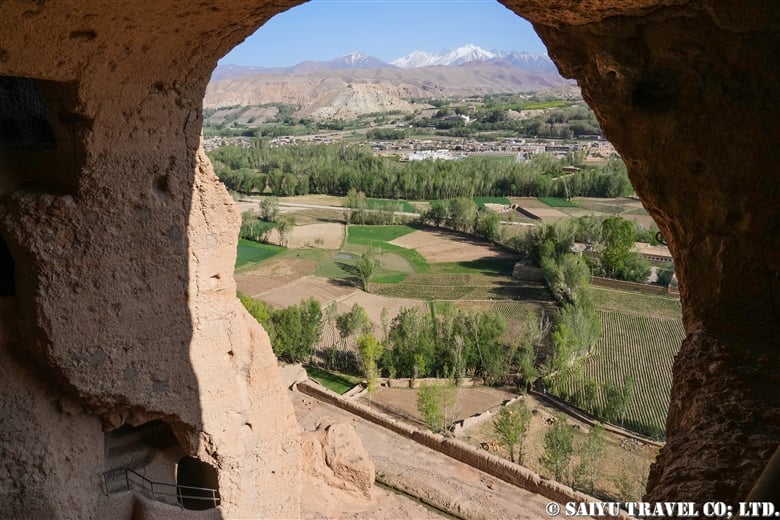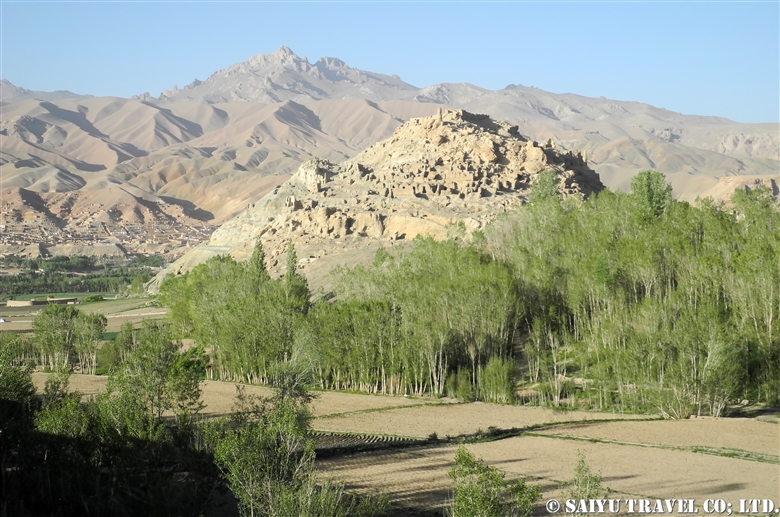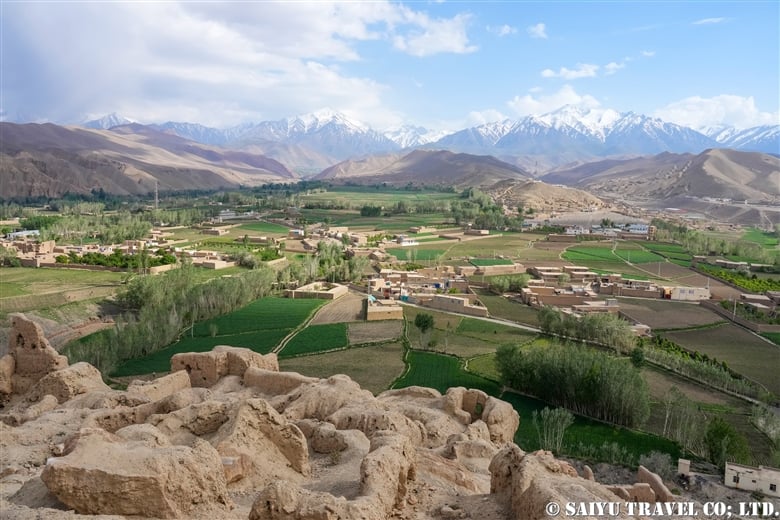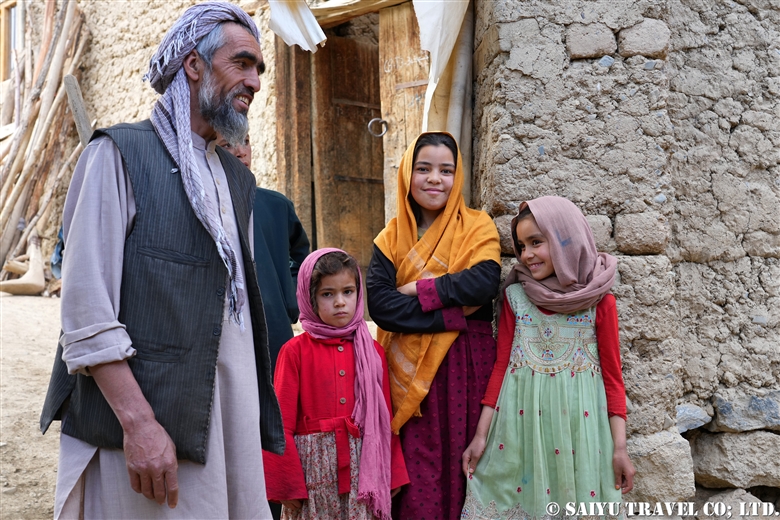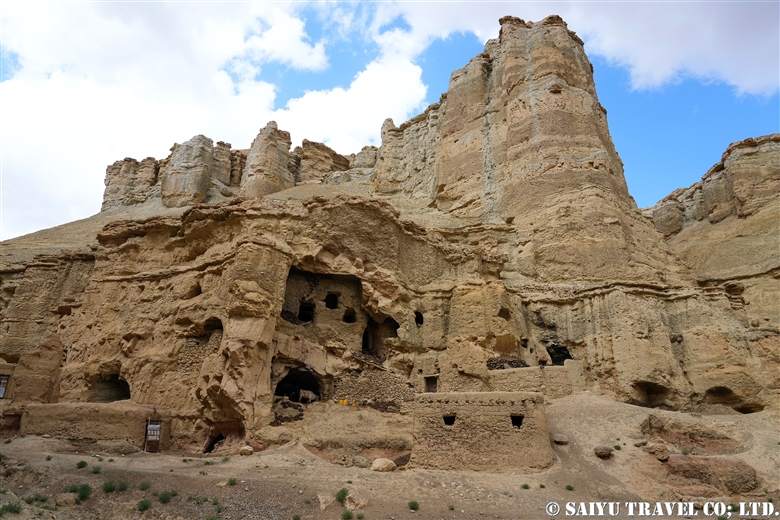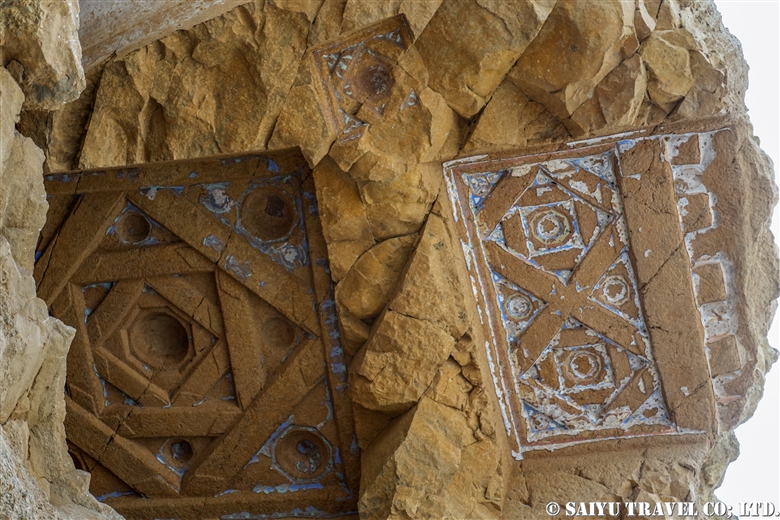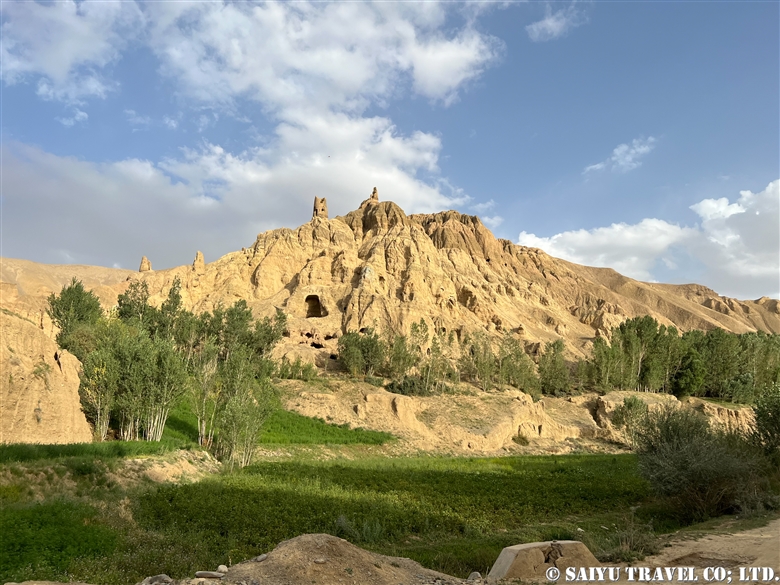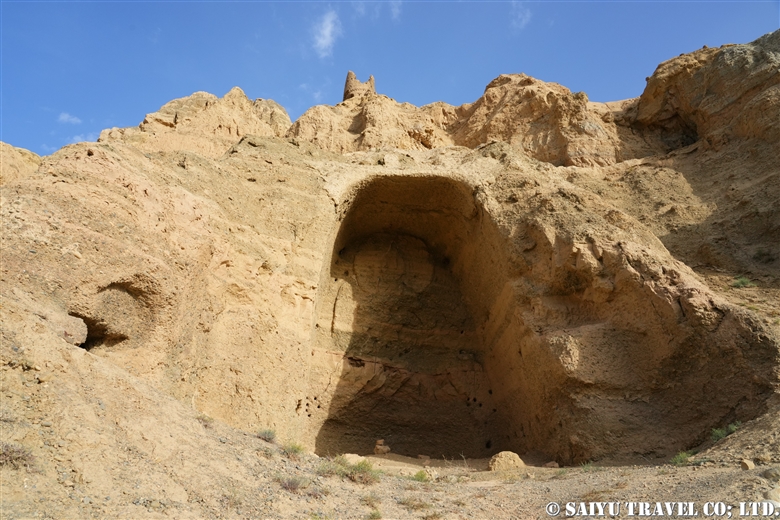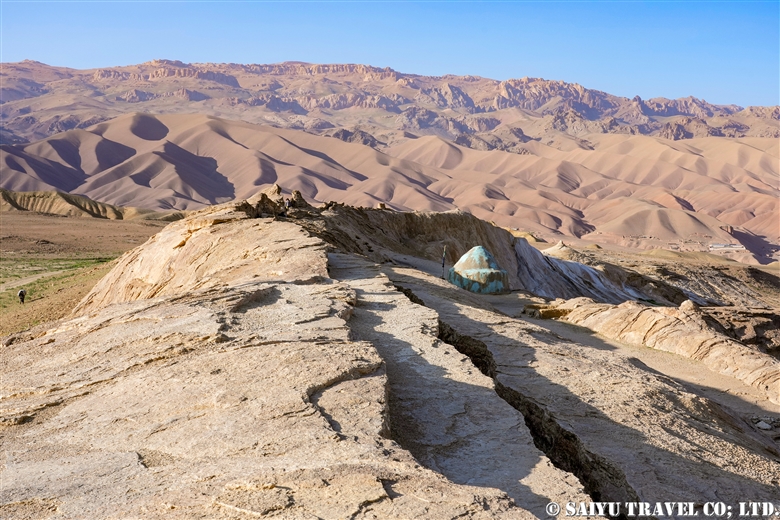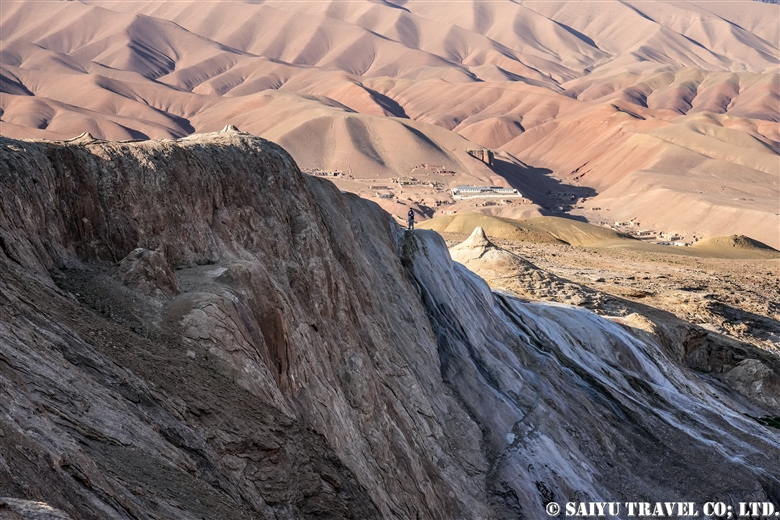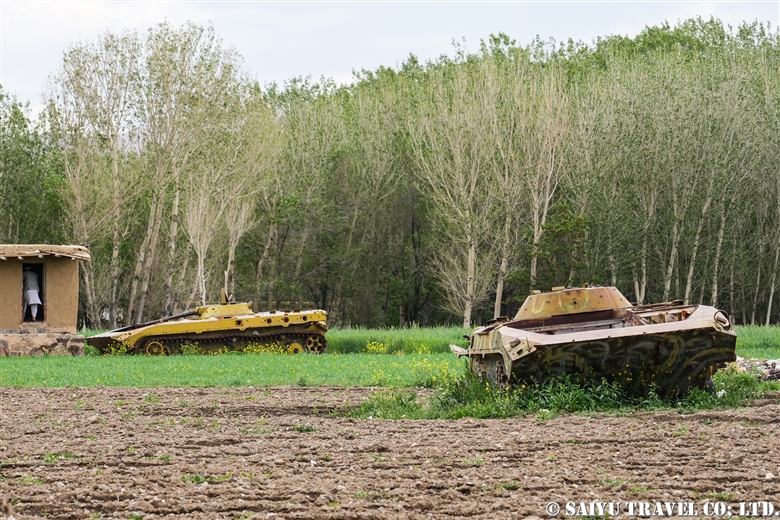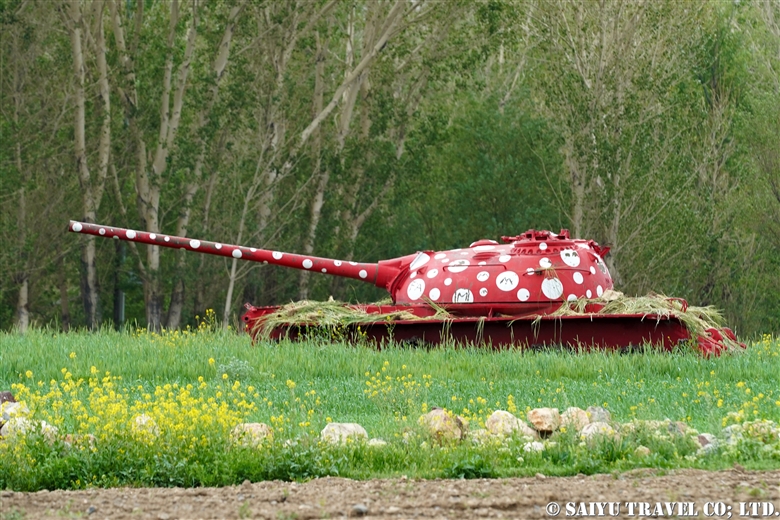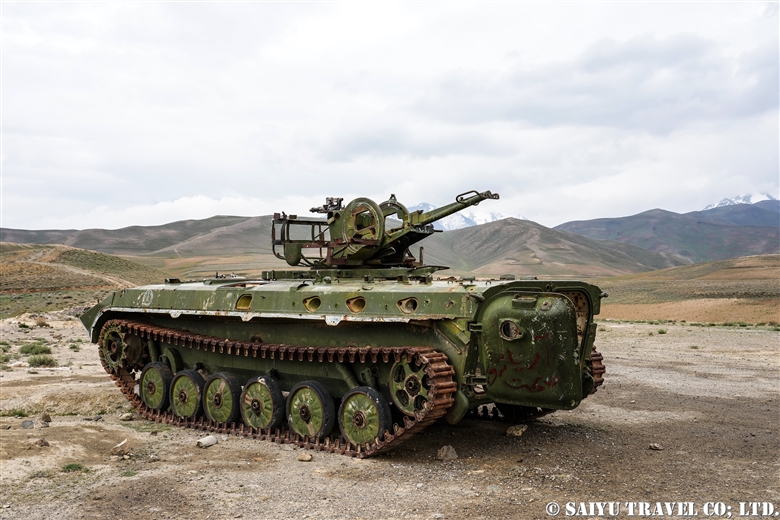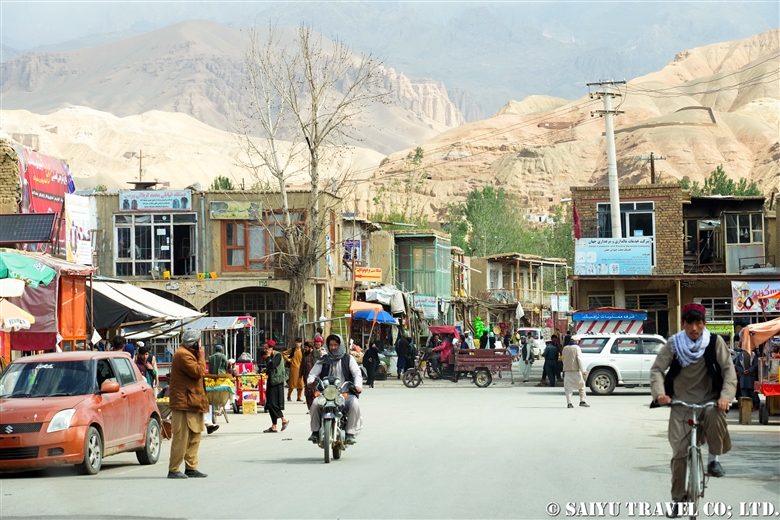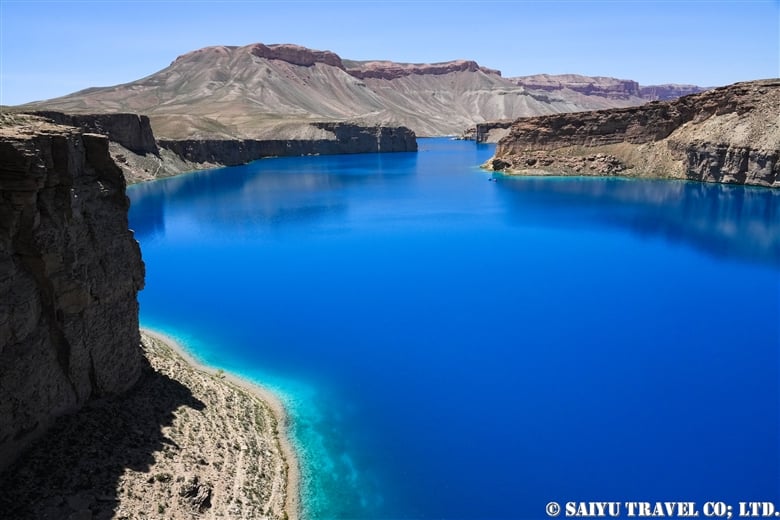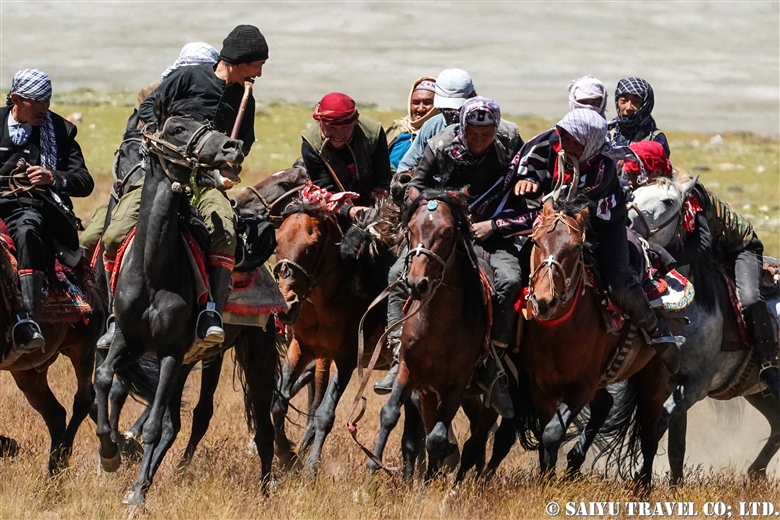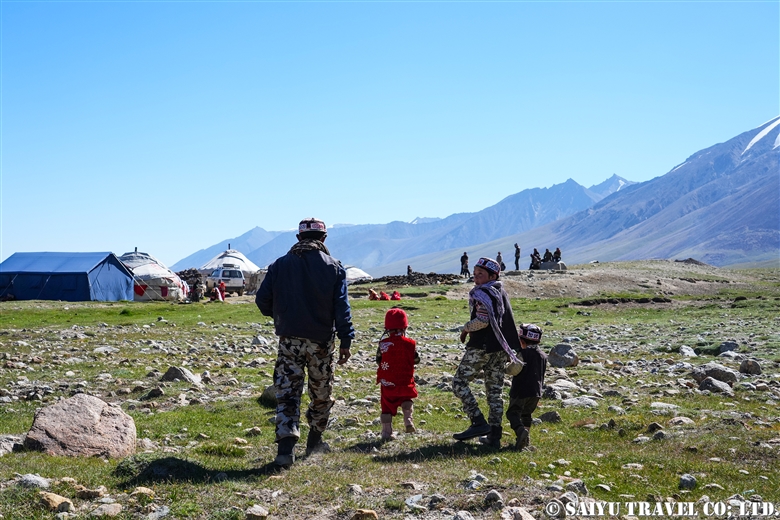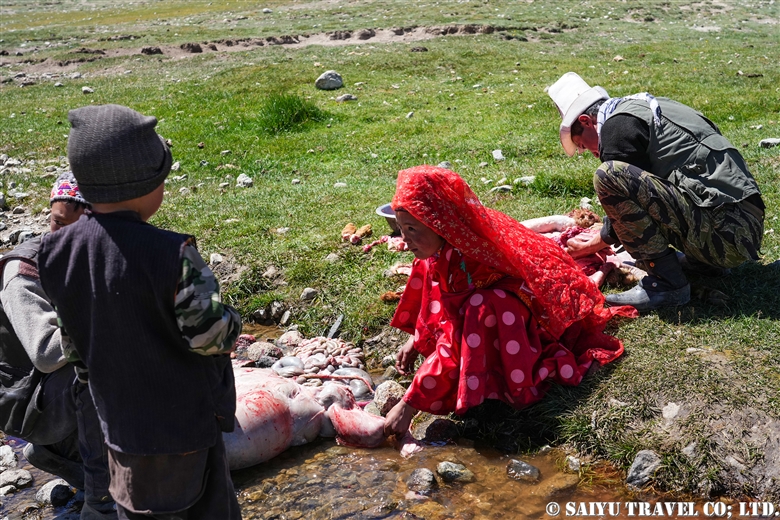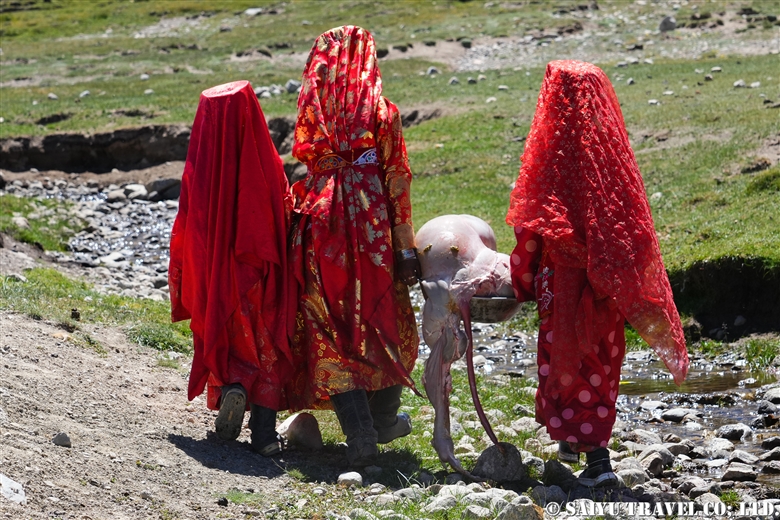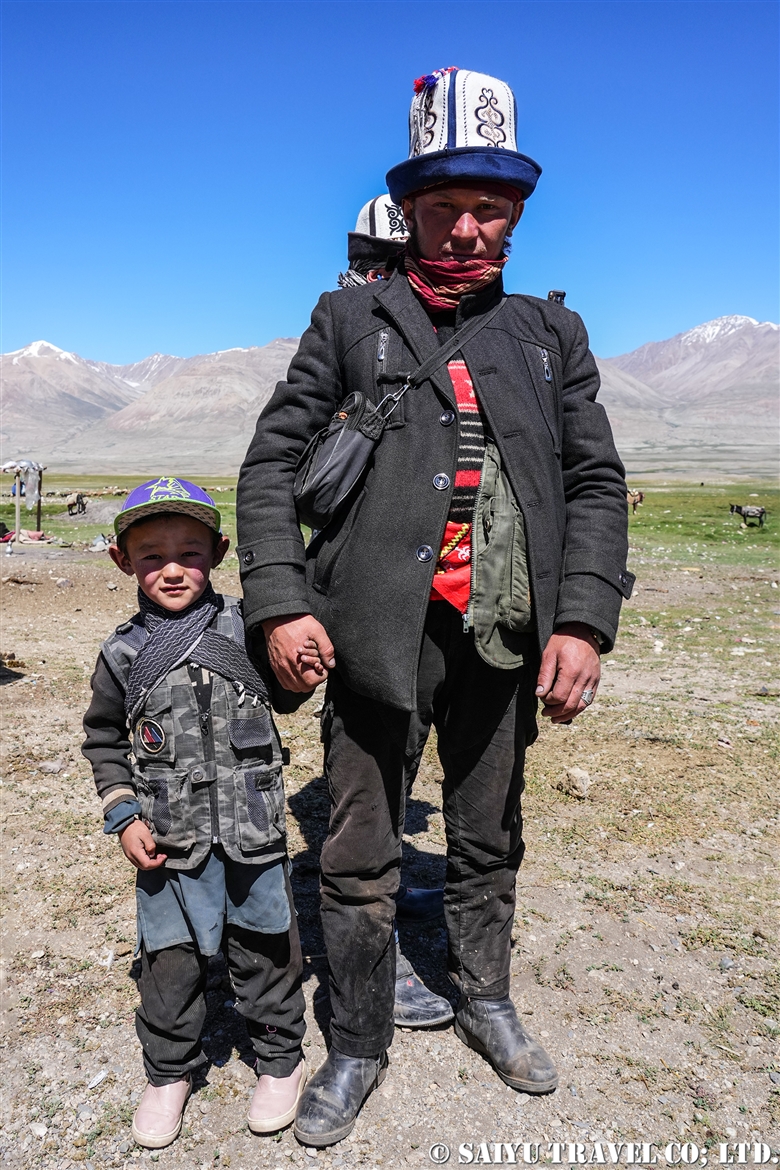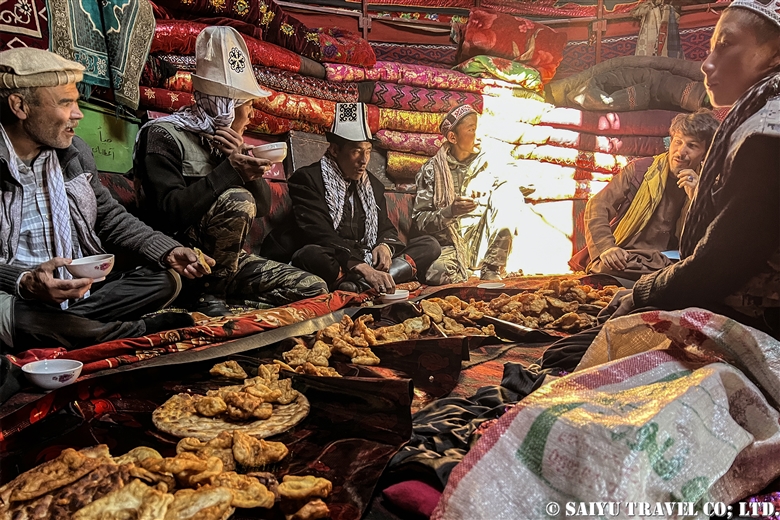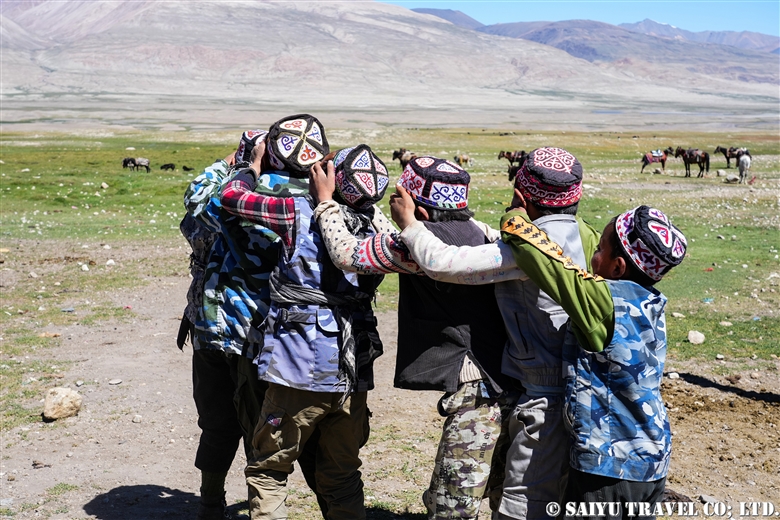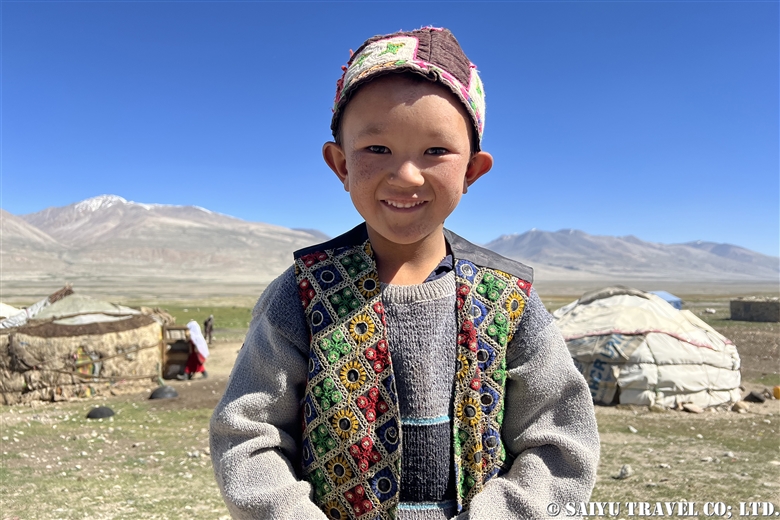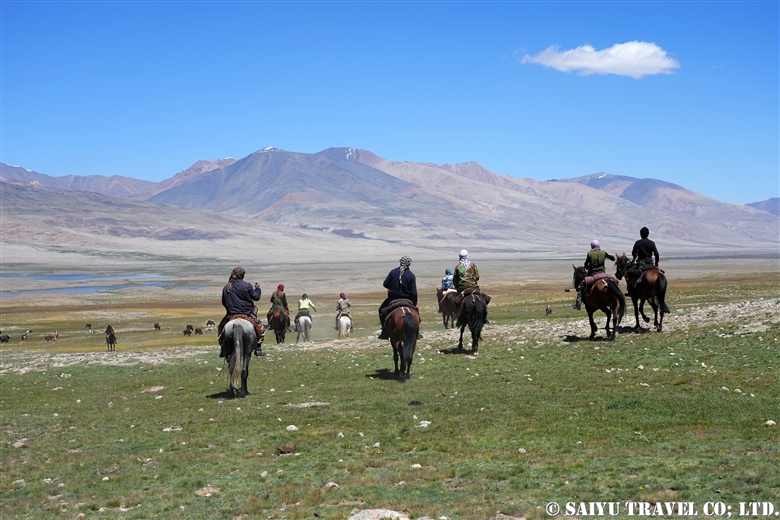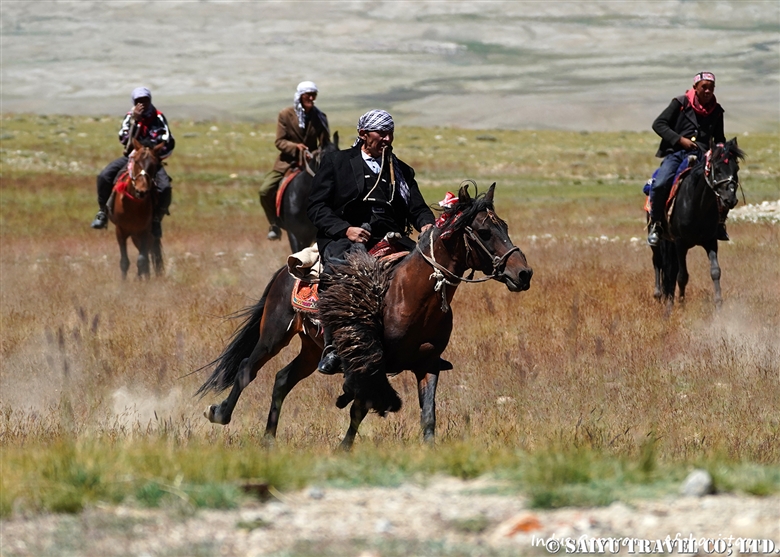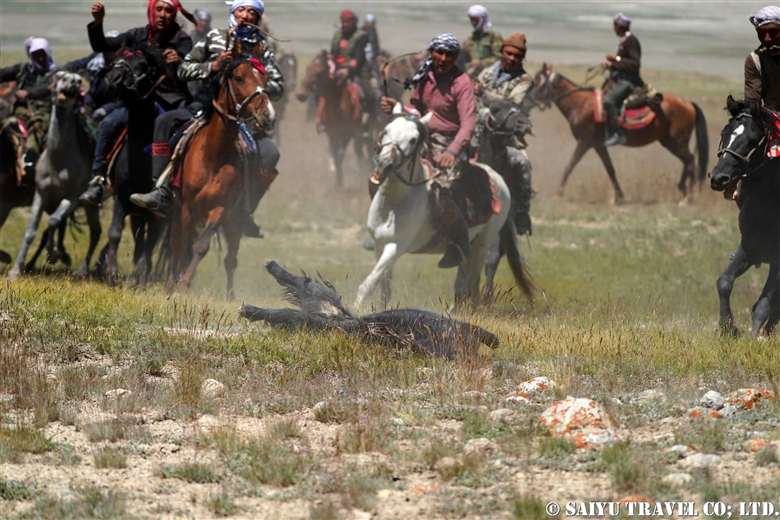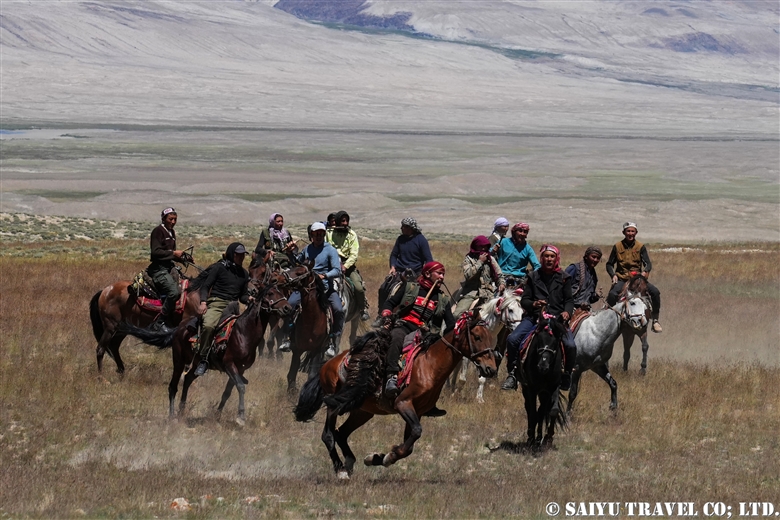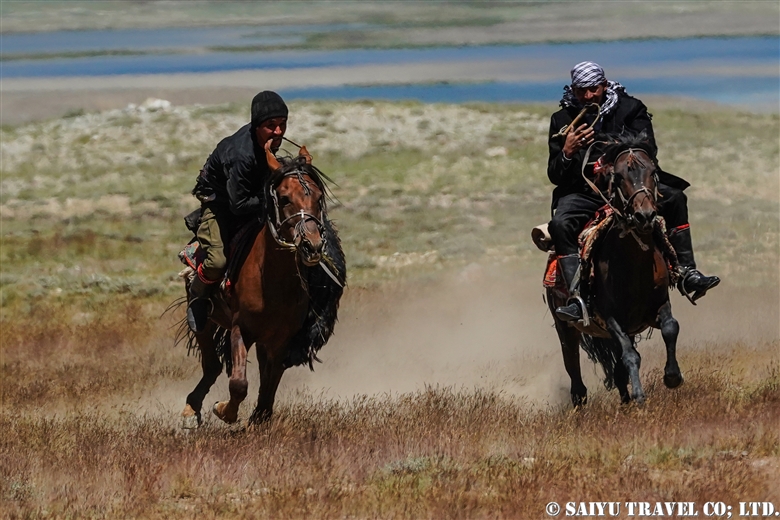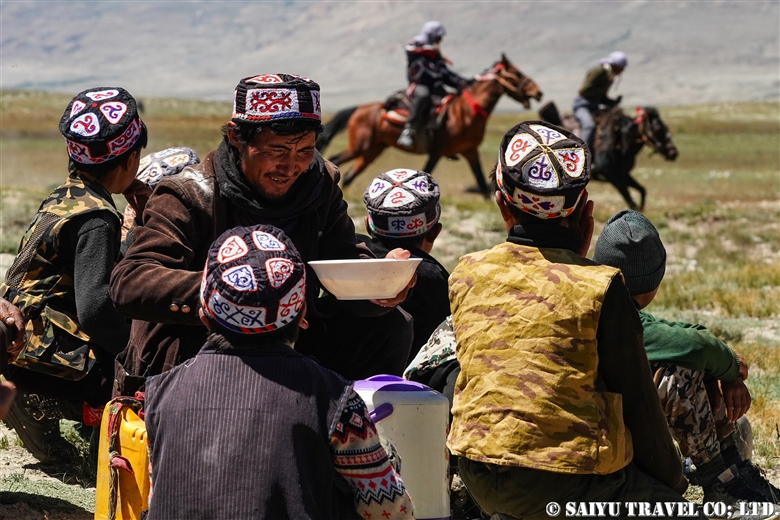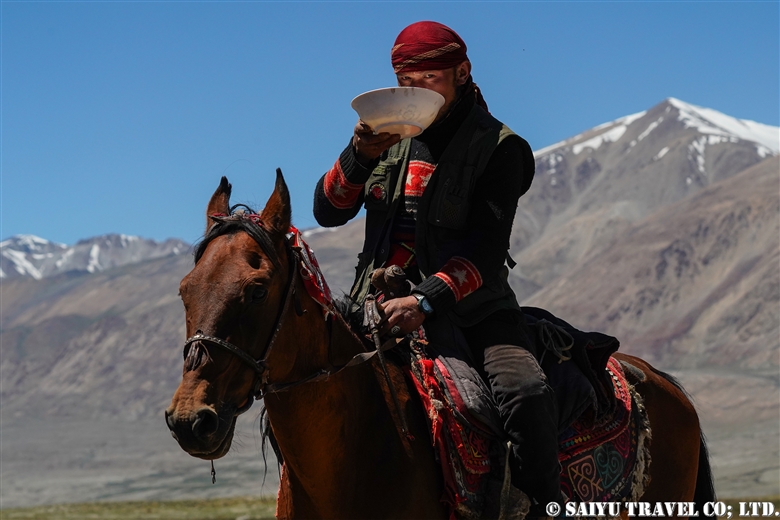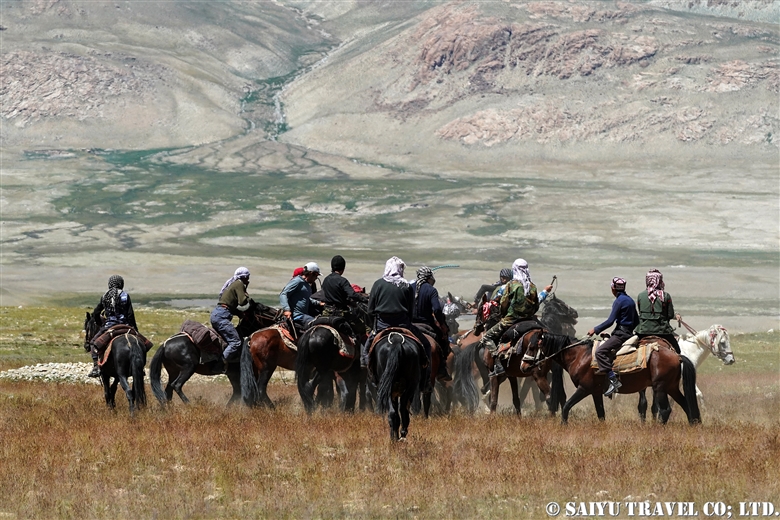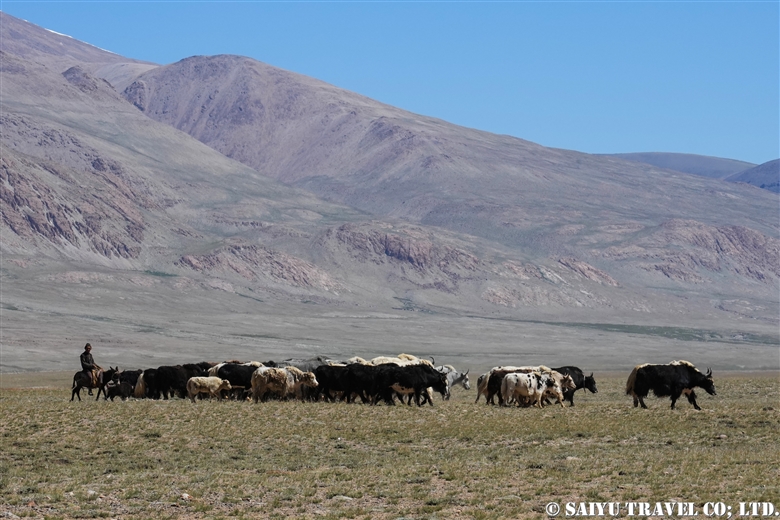On Pakistan’s railways, you’ll be able to enjoy the country’s rich history and old-fashioned atmosphere. Each station has been preserved from the British colonial era, with its buildings and systems still in use today.
I have travelled from Peshawar to Islamabad and from Islamabad to Karachi, but my favourite route of all happens to be from Peshawar to Attock. Please allow me to introduce that route to you today.

↓↓↓ Highlights of the train journey from Peshawar to Rawal Pindi
Pakistan Railways is a state-owned railway operating in Pakistan. It was established in 1861 during the British colonial era (during the British Raj) as the North-Western State Railway. The first section built was 160 km long, connecting the port city of Karachi with Kotli (Hyderabad).
The headquarters of Pakistan Railways is located in Lahore. The reason it can be found here, is that Lahore was an extremely important city during the era of the British Raj. The railway network at the time connected it all the way to Peshawar in the west, Amritsar (one of the oldest lines, opened in 1862) in the east, and Multan and Karachi in the south.

Now, let’s talk about the train ride.
To catch the 11:00 a.m. train, I went to Peshawar Cantonment Station—ensuring I arrived 30 minutes early to buy a ticket.
Peshawar Cantonment Station was built in 1898 and served not only as a station on the line from Peshawar to Karachi, but also as the starting point of the Khyber Railway to the Afghan border (which is now a defunct line). It is a station with three platforms and seven tracks.


Unlike railways in India, Pakistani railways are not crowded—which proves to be quite the advantage. Recently, improvements in bus infrastructure have led to a decrease in the number of people using railways. This has been to the benefit of tourists, however, as it means they can enjoy a more relaxed train ride and have an easier time taking photos.
I recall seeing a child who had come to see off relatives with whom he had spent his summer vacation. He was crying, clearly upset at having to leave his family. The sight of the child, tears in his eyes, seeing his grandparents off and being comforted by them was incredibly touching.



A few minutes after departure, we passed through the market in Hashnagari. In the past, there were bazaar stalls lining the railroad tracks, which made for a very fascinating sight: in order to allow trains to pass by, vendors would have to clear away stalls and shops three times a day. Following an accident, stalls were banned from the railroad tracks, but that has not stopped shops from extending right up to the edge of the tracks.



After that, you will pass through the historic site of Bala Hissar in Peshawar. It is an ancient fortress whose existence is noted in the records of Xuanzang’s journey in 630. During the Mughal Empire, it was a fortress at a strategic point along the Grand Trunk Road. In 1747, the Afghan dynasty conquered Peshawar, and this fortress was used as the “winter capital.” It was later used during the Sikh-Afghan War and by the British Raj, and currently serves as a headquarters for the Pakistani Army.
The train left Peshawar and ran through villages and fields, stopping occasionally at stations. Inside the train, children who wanted to take pictures with foreigners came and went, and the train conductor came to check tickets. Time passed rather quickly.



The route passes through several old small tunnels near the confluence of the Indus and Kabul rivers. Soon after, it crosses an iron bridge over the Indus River.

The Indus River is a large river with a total length of 3,180 km, of which 2% flows through China, 5% through India, and 93% through Pakistan, making it a lifeline that runs north to south through the country.


Attock Fort is a historically significant fort located in Attock Khurd. It stands proudly on the banks of the Indus River and has borne witness to various empires and conflicts throughout history. Built between 1581 and 1583 by order of Emperor Akbar of the Mughal Empire, this fortress is located on the Grand Trunk Road (also known as the “King’s Road”) and served to protect the strategic passageway of the Indus River. The 1-kilometer-long walls and fortifications retain many features of this era. After independence, it was used as a prison under the control of the Pakistani Army, where many important political prisoners have been incarcerated, such as Nawaz Sharif in 1999 and Imran Khan in 2023.

The 425-meter-long Attock Bridge is a historically significant and iconic bridge spanning the Indus River in Pakistan, connecting Punjab Province and Khyber Pakhtunkhwa Province. It is sometimes referred to as the “Old Attock Bridge” to distinguish it from the new road bridge built in 1979.
Officially opened on May 24, 1883, the bridge was redesigned after more than 40 years of use and rebuilt in 1929. It features a unique double-deck design, with the upper deck still used by trains today. The lower deck, originally planned for road use, remains currently unused (though it is accessible on foot).



The train will not stop at the Attock Khurd railway station, which is located across the bridge. It’s a small, charming station with an interior that retains the atmosphere of the colonial era, and it comes highly recommended. If you have time, make sure to stop by and take a look.


Shortly after that, the train arrived at Attock Station.

Though my introduction primarily featured the route from Peshawar to Attock, it’s important to note that many other stations on the line are also equally worth seeing. These include Rawalpindi Station, Lahore Station, and Bahawalpur Station, among others. Since there is no air conditioning in the general carriages, I recommend a train trip during the cooler months.
Image & Text: Mariko SAWADA
*Contact us, Indus Caravan for more information or to make arrangements for your Railway trip in Pakistan.
*Please follow us on Youtube, Instagram & Facebook
Category : - Peshawar / Khyber Pass > ◆Khyber Pakhtunkhwa > ◇ Pakistan RailwaysTag : Train trip in Pakistan , Indus Caravan , Pakistan Railways , Saiyu Travel , Pakistan vlog , Saiyu Travel Pakistan , Train in Pakistan , Pakistan Travel company , Attock , Pakistan Photography Tour , Attock Khurd , Pakistan Heritage Tour , Attock Khurd Station , Peshawar Cantonment Station , Vlog Pakistan , Pakistan Blog , Pakistan Railway , Pakistan Travel Blog






